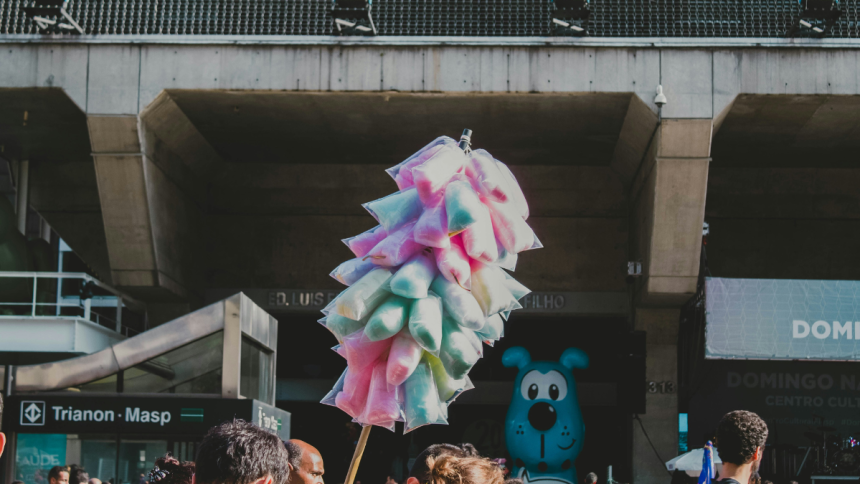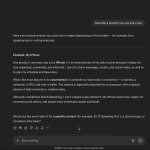Pop-up events have emerged as a dynamic force in modern marketing and customer engagement strategies. These short-term venues offer businesses a unique opportunity to test new products, connect directly with customers, and create a sense of exclusivity that drives urgency.
The transient nature of pop-up events adds to their appeal, as attendees often feel they are part of something rare and fleeting. In cities known for their vibrant and experimental marketing approaches, such as Portland, brands, artists, and entrepreneurs utilize pop-ups to generate buzz, foster brand loyalty, and experiment with innovative concepts without the long-term commitment required by permanent spaces.
The success of these temporary venues, however, hinges on meticulous planning and flawless execution. Unlike traditional brick-and-mortar operations, pop-up events must balance limited timeframes with heightened consumer expectations.
Every detail, from layout to customer service, plays a critical role in shaping the experience. Understanding what contributes to a seamless and memorable pop-up event can determine whether the effort becomes a viral sensation or fades unnoticed.
Maintaining Hygiene and Comfort for Attendees
Cleanliness plays a crucial role in shaping how visitors perceive temporary venues. When guests feel comfortable, they tend to stay longer, engage more, and associate the brand with professionalism. Adequate sanitation facilities are therefore essential for pop-up events, as they contribute to both convenience and public health.
For instance, American Sanican rents porta-potties and wash stations in Portland to promote convenience and ensure guests have access to clean, reliable facilities throughout the event. This kind of attention to hygiene not only supports smooth operations but also leaves attendees with a positive and lasting impression.
Providing well-maintained restrooms, accessible handwashing stations, and efficient waste disposal ensures the venue remains inviting even during peak crowd hours. Pop-up events often attract significant foot traffic within confined areas, making sanitation a non-negotiable aspect of planning.
Crafting an Engaging and Immersive Experience
Beyond basic logistics, successful pop-up events thrive on immersive storytelling. Attendees are drawn to experiences that transport them beyond the ordinary, sparking emotional connections with the brand. This involves creating a theme or narrative that resonates with the target audience, whether it is through unique décor, interactive displays, or live demonstrations. Immersive design elements encourage exploration, sharing on social media, and word-of-mouth promotion.
Lighting, music, and layout also contribute to the overall atmosphere. A well-thought-out interior can transform a temporary space into an extraordinary experience. For instance, a pop-up centered around a product launch can use sensory elements—such as scent or soundscapes—to reinforce brand identity.
Strategic Location Selection
The choice of location can make or break a pop-up event. Foot traffic, visibility, and accessibility determine how many people discover and attend the venue. While high-traffic areas naturally attract more visitors, the location must also align with the brand’s identity and target demographic. For example, a luxury-themed pop-up may benefit from being situated in upscale shopping districts, whereas a youth-oriented streetwear brand might find better resonance in urban, trendy neighborhoods.
Location also influences logistics, such as setup feasibility and regulatory compliance. Selecting spaces that are easy to transform and permit quick installation can save significant time and resources.
Marketing and Pre-Event Buzz
Building anticipation before the launch is essential for a pop-up’s success. Strategic marketing efforts, such as teaser campaigns, influencer partnerships, and limited-time offers, create excitement and urgency. Social media platforms play a crucial role in amplifying these efforts, as they enable brands to reach targeted audiences efficiently.
Highlighting exclusivity is a key tactic. Emphasizing limited availability or one-time experiences encourages customers to act fast. Many successful pop-ups also leverage countdowns, behind-the-scenes sneak peeks, or giveaways to keep audiences engaged in the days leading up to the event. Effective marketing turns curiosity into attendance, making pre-event buzz as crucial as the event itself.
Efficient Staff Training and Customer Service
A well-trained staff can dramatically enhance the guest experience. Temporary events often require staff to multitask, from assisting customers and managing crowd flow to explaining products or services. Staff members should be knowledgeable, approachable, and able to resolve issues quickly. Friendly, efficient interactions leave lasting impressions, often resulting in increased social media mentions and word-of-mouth referrals.
Furthermore, training staff to align with the brand’s personality creates consistency in messaging and ambiance. Guests are more likely to enjoy their experience when interactions feel genuine and reflect the brand’s values.
Streamlined Operations and Logistics
Behind every smooth pop-up event is meticulous logistical planning. Setting up a temporary venue requires precise coordination, from transporting equipment to arranging permits and adhering to safety regulations. Timelines must account for installation, testing, and any potential setbacks that may occur. A clear contingency plan ensures that unexpected challenges, such as technical issues or supply delays, do not disrupt operations.
Inventory management is equally important, particularly for retail-focused pop-ups. Running out of stock or failing to track product demand can negatively impact sales and brand reputation.
Creating Shareable Moments
Pop-up events often rely on social sharing to extend their reach beyond physical attendees. Designing visually appealing spaces or interactive features encourages visitors to take photos and share their experiences online. Branded hashtags, photo booths, or creative backdrops can amplify visibility and attract new visitors who discover the event through social media.
The goal is to create moments worth sharing without feeling forced. Authentic excitement, captured in attendee-generated content, serves as free advertising, extending the event’s life long after it ends.
Gathering Feedback for Future Improvements
One of the greatest advantages of pop-up events is their experimental nature. They provide brands with real-time insights into customer preferences, purchasing behavior, and overall engagement. Collecting feedback through surveys, QR codes, or simple conversations allows organizers to refine future events. This iterative approach transforms temporary venues into powerful learning tools, ensuring each successive pop-up becomes more polished and effective.
Feedback also strengthens relationships with customers. When attendees see their suggestions implemented in future events, it builds loyalty and shows that the brand values their input.
Delivering a successful pop-up event requires balancing creativity with precision. Every detail, from sanitation and staffing to storytelling and logistics, contributes to shaping an experience that resonates long after the venue closes.
Brands that prioritize comfort, engagement, and seamless operations turn temporary spaces into unforgettable events that leave lasting impressions and inspire anticipation for the next appearance.
Lynn Martelli is an editor at Readability. She received her MFA in Creative Writing from Antioch University and has worked as an editor for over 10 years. Lynn has edited a wide variety of books, including fiction, non-fiction, memoirs, and more. In her free time, Lynn enjoys reading, writing, and spending time with her family and friends.















